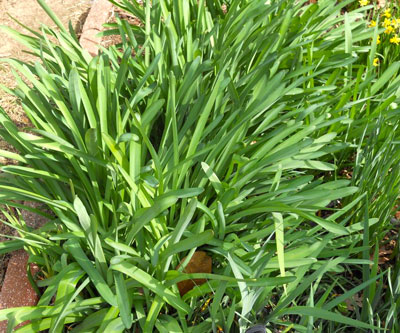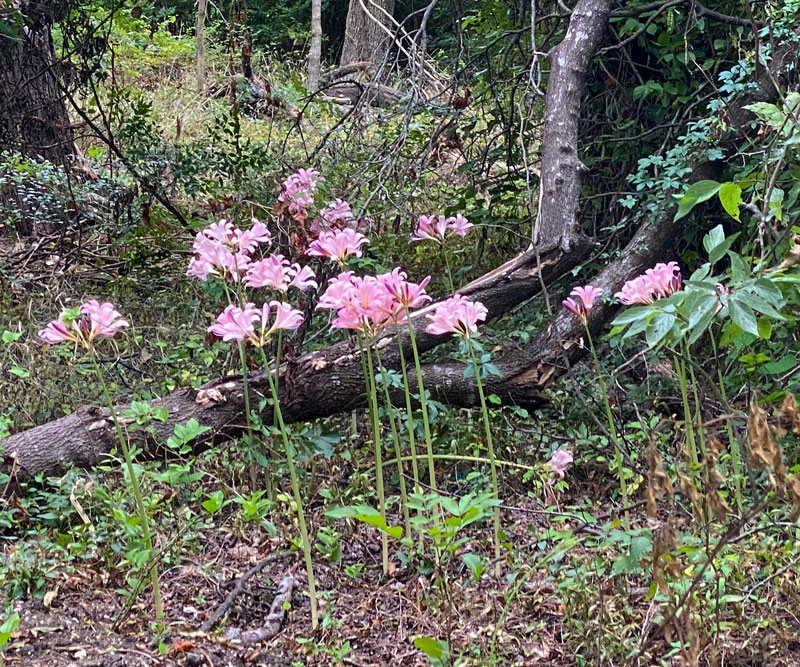Lovely ladies dance in the garden
It’s been 50 years since I first saw these bulbs flowering in a Texas landscape. I fell in love with them then, and I still love them today. At least in my gardens they’re the first of my fall-flowering bulbs, and they’ve already popped, strutting their stuff for the past week.

When you first see them, you’d assume them to be some type of amaryllis. The flowers are trumpet-shaped, just like an amaryllis and certainly nothing like their sisters, the red spider lilies that will be in bloom in a few weeks.

The flowers shoot up 18 to 22 inches in height almost overnight. When they’re blooming there’s not one leaf to be seen. Those came and went back in late winter and into the spring, and they were beautiful while they lasted. But the plants are bare (“naked”) of all leaves when they bloom, hence the quick choice of common names.


The Southern Garden History Society says this plant was introduced to our country from China by Dr. George Hall of Bristol, Rhode Island, in 1862. Seedsman Charles Mason Hovey of Boston then brought it into the nursery trade a few years later and helped it start its path across the South, gardener to gardener.
The plant is a sterile triploid hybrid, which means that it’s unable to produce viable seeds. Propagation, therefore, is asexual, normally by division of the bulbs as they begin to form new clumps. Growers have their own tricks, but it still takes a long time to increase the numbers.

Basic facts in growing this bulb…
• Name: Naked lady lily. Less commonly: surprise lily, resurrection lily. (Not a true lily, but actually a member of the Amaryllis plant family along with crinums, summer snowflakes, narcissus and amaryllises)
• Scientific name: Lycoris squamigera
• Hardiness Zones: 5-9
• Mature height: 14-22 inches
• Best time for digging, dividing, and replanting bulbs: after foliage has dried and died in late spring (June, early July)
• Planting depth for bulbs: 2-3 inches
• Spacing for bulbs: 10-12 inches apart so plants can form clumps
• Soil needs: loose, highly organic, and well-draining
• Exposure: morning sun, light afternoon shade is best
